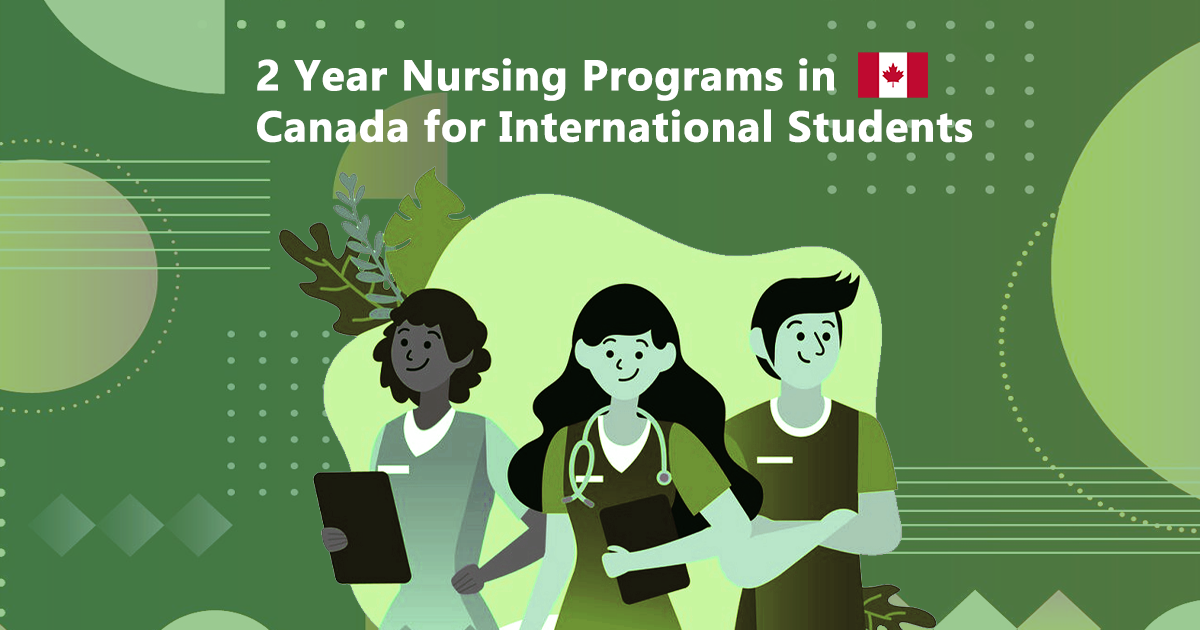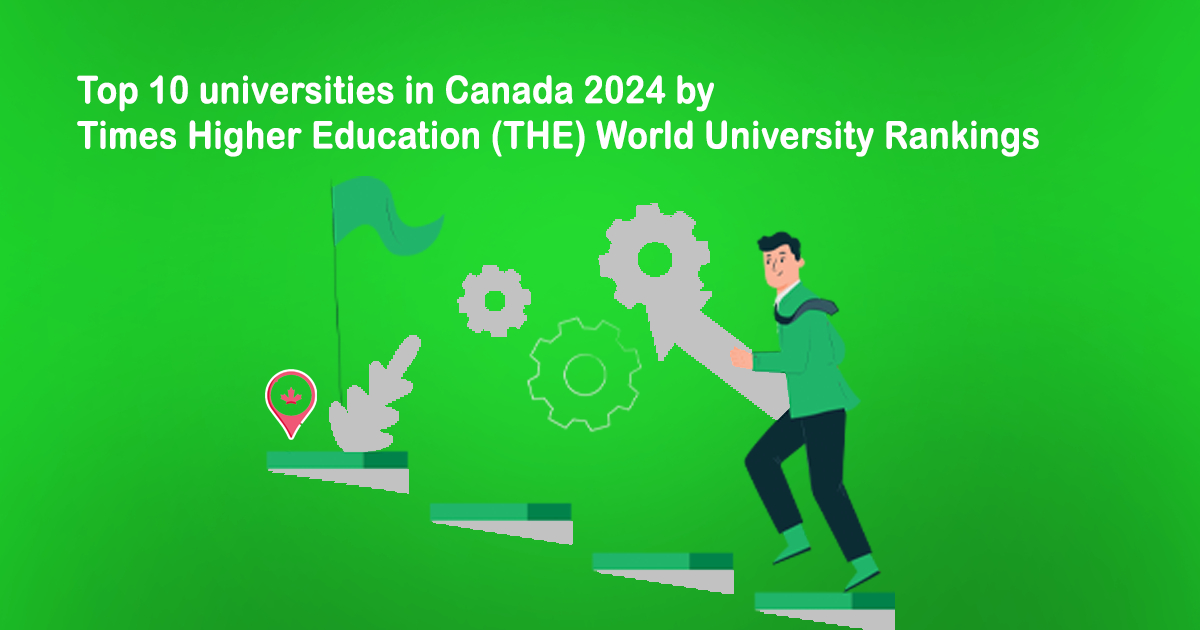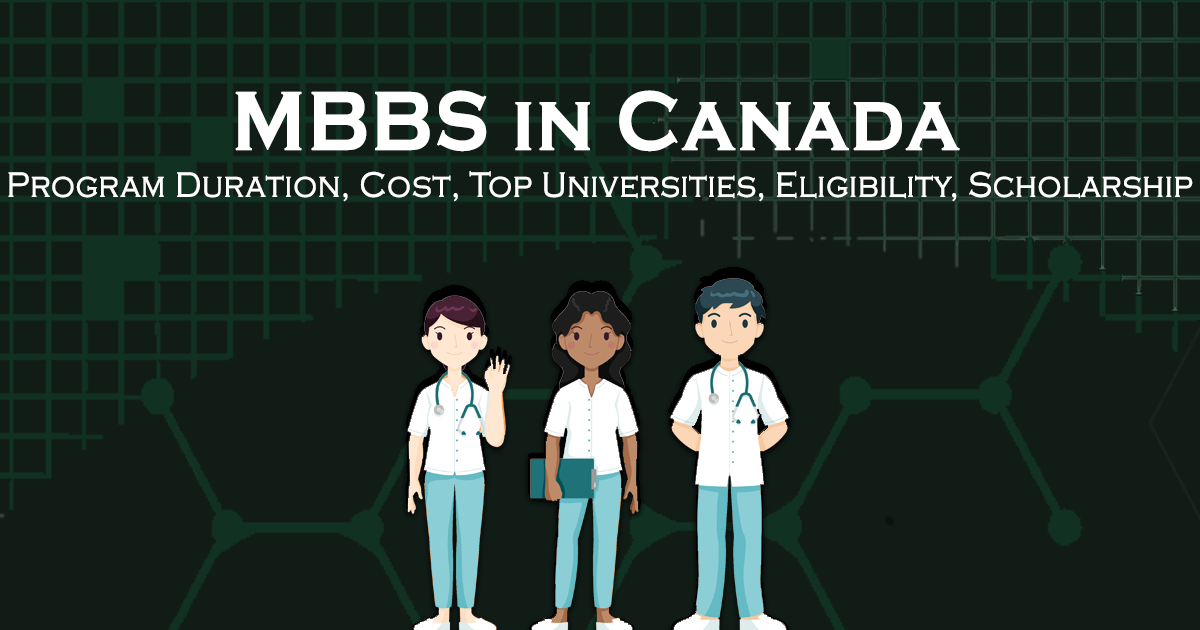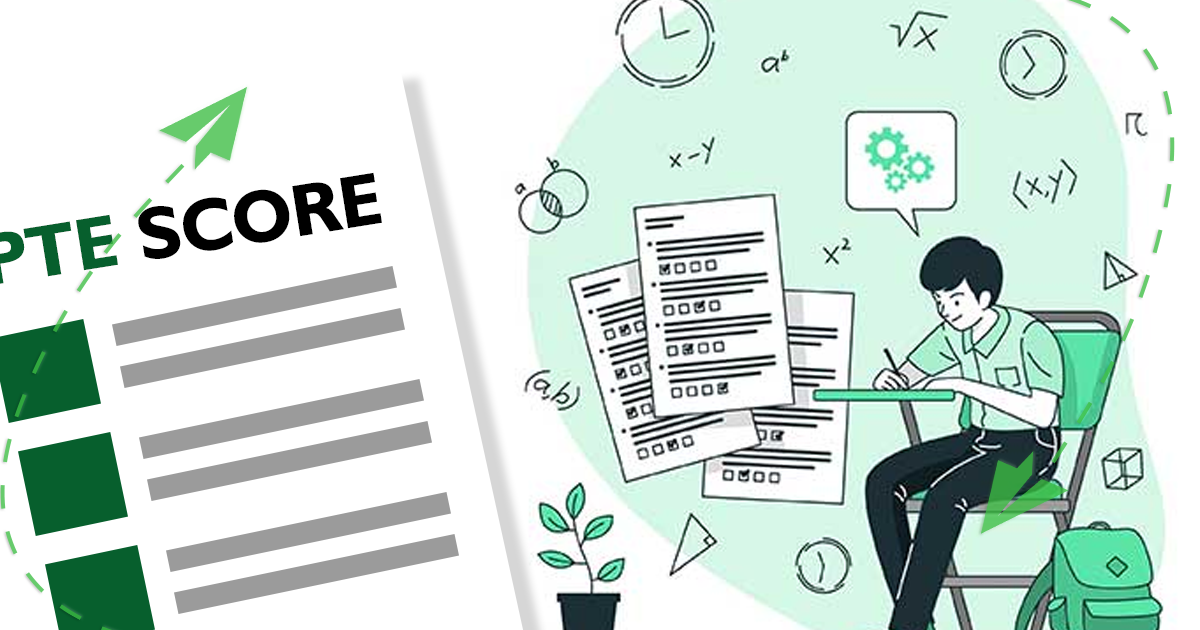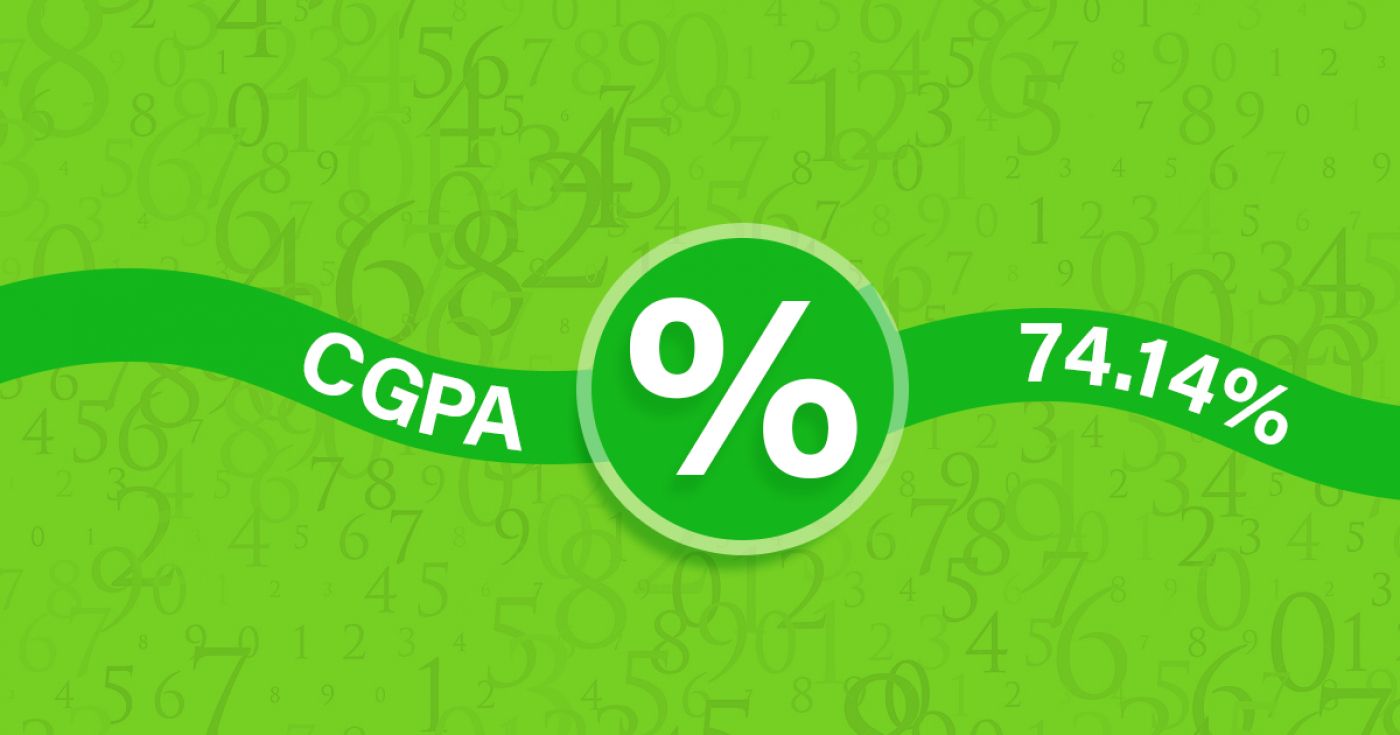Diploma in Laboratory and X-Ray Technology Combined
at Northern Alberta Institute of Technology (NAIT) Canada
Overview
The Combined Laboratory and X-Ray Technology program is unique in that students are trained in both the medical laboratory and x-ray disciplines, practicing predominantly in rural communities. On completion of their training, graduates are able to perform general medical laboratory procedures, general diagnostic radiographic procedures, and electrocardiograms. Students also receive training on information systems and technology in the medical laboratory and diagnostic imaging departments.
What You Will Learn
Hands-on, industry-relevant training
Students attend classes full-time at NAIT for a total of 2 years where they will learn and practice the skills required to be a registered CLXT.
Year 1 of the Combined Laboratory and X-Ray Technology program begins every September and consists of 38 weeks of lectures and hands-on labs that align with current industry standards. This includes two 15-week semesters, and one 8-week intersession located at the NAIT Main Campus.
Upon completion of year 1, the student progresses to an affiliated rural clinical site to complete 40 weeks of Work Integrated Learning (WIL). Students will train alongside technologists where they will apply the knowledge learned in year one and continue to develop their critical thinking and professionalism skills while providing high quality patient care. Scheduled shifts during clinical training will include evenings, nights and weekend days.
Individuals will work alone or alongside physicians, other technologists, nurses and non-medical personnel. The ability to work independently and/or closely with others are important requirements for an effective Combined Lab and X-Ray technologist.
30
Application Processing Days
Under Graduate
Program Level
Fact & Figures
Full Time On Campus
Study Mode
24
Duration
Northern Alberta Institute of Technology (NAIT)
Location
Diploma in Laboratory and X-Ray Technology Combined Assistant Fee
$29991
Tuition Fee
$11000
Average Cost of Living
$115
Application Fee
Diploma in Laboratory and X-Ray Technology Combined Admissions Requirements
- Minimum Level of Education Required: To be accepted into this program, applicants must have Grade 12 / High School Diploma or equivalent including the following required course(s):
- English 30-1 or English 30-2 60%
- Math 30-1 or 30-2 60%
- Biology 30 60%
- Chemistry 30 60%

Get superfast admissions at top Diploma in Laboratory and X-Ray Technology Combined institutes in 2024
Benefits of choosing
➤Admission’s guaranteed at Top institutes across the world.
➤Enjoy exclusive application fee waiver’s with Edmissions.
➤Unlimited FREE Counselling sessions with Edmission’s
Experts
➤Get Tips from industry veterans to crack the IELTS exam in 1
week.
➤Assistance with scholarships, loans, forex, student accommodation and visa guidance.
Work Permit Canada
Students who wish to work in Canada require a work permit to do so. A student in Canada can work part-time during the course of his studies and full-time during holidays and semester breaks and post the completion of their course/program.
Rules for getting a part-time work visa in Canada
You can also work part-time on campus at your university.
Work Permit
Duration
Your part-time work permit will be valid for as long as you have a valid study permit.
Working Hours
20 Hours/Week
As a full-time student, you can work for a maximum of 20 hours a week. However, you can work full- time during holidays and breaks.
Document Required to Work in Canada
List
To apply for a work permit, you will need a study permit that mentions that you are allowed to work part-time on campus.
Social Insurance Number
Study Permit
You will need a Social Insurance Number (SIN) to Service Canada. if you wish to work in Canada during the course of your studies. To apply for the same, you need a valid study permit, and you should be a full- time student at a recognized university.

You can work part-time off-campus if you are studying in the Quebec province.
Duration of Work Permit Canada
Your part-time work permit will be valid for as long as you have a valid study permit.
Work Hours Canada
As a full-time student, you can work for a maximum of 20 hours a week. However, you can work full- time during holidays and breaks.
Document Required to Work in Canada
To apply for a work permit, you will need a study permit that mentions that you are allowed to work part-time on campus.
Social Insurance Number
You will need a Social Insurance Number (SIN) to Service Canada if you wish to work in Canada during the course of your studies. To apply for the same, you need a valid study permit, and you should be a full- time student at a recognized university.
Working after completing your course
In Canada, you will need a work permit to get a full-time job in Canada after finishing your studies. You chose a work permit like the Post-Graduation Work Permit (PGWP) if you wish to stay back in Canada and work full-time.
Visit Government of Canada Website for more detail
Post-Graduation Work Permit (PGWP)
The Post- Graduation Work Permit (PGWP) allows you to work for three years in Canada if you have completed a two years degree or more.
Application
how can i apply
You can either apply online or download the form and mail the application along with the required documents. Pay your fee and then wait for the decision to come.
Application Documents Required
List
To apply for the work visa, you need a degree from a recognized and accredited Canadian University along with an intention to stay and work in Canada only temporarily.
When to Apply?
One can apply for the full-time work permit in the first three months post the completion of their course during which the study permit is still valid.
How long does it take?
90 days
You will have to wait for 90 days for the decision on your work permit.
Duration
3 Years
The work permit is valid for 3 years if you have completed a two years degree program or more.
Fees
CAD 255
The fee for the work permit is CAD 255 plus the holder fee and the work permit processing fee.
Monthly Wages
CAD 1,600
An applicant is guaranteed a minimum salary of CAD 1,600 per month while working in Canada. This amount though varies on the job and the province you are working in.
Work Hours Canada
No Limit
There is no maximum limit, and you can work for as many hours as you want on the full-time work permit.

Required Documents
List
To apply for the work visa, you will need the following documents:
- Forms: IMM 5710, IMM 5476 and IMM 5475;
- Graduation Proof
- Proof of payment of work permit fees
- Copies of your travel and identification documents, passport pages and current immigration document.
Till a decision is made on your work visa, you can continue to work full time. All you need to have is your completed degree, should have applied for the permit before the expiry of your study permit and you should be allowed to work off-campus.
Information
Disclaimer
The information provided about the work permit is true and complete to the best of our knowledge. All recommendations are made without any guarantee on the part of the author or the publisher. The author and the publisher, therefore, disclaim any liability in connection to and with the use of this information.
Detailed Program and Facts
30
Application Processing Days
Full Time On Campus
Program Intensity
Under Graduate
Program Level
24
Duration
Study Visa
Student Visa For Canada
Any student who wishes to study in Canada requires a student visa. Some of the essential information for the application process is given below.
When Should I Apply?
4 to 6 months
Ideally, one should apply for the study permit at least 4 to 6 months before the commencement of your course/program.
Bank Account
No Need!
There is no need for a blocked bank account to apply for a student visa to Canada.
Duration of visa
Course Duration + 3 Months
The student visa is valid for the entire period of your course plus three months.
Time to Wait for Visa
35 Days
It takes time. It might take up to 35 days post your interview for the application process to complete and for you to finally receive your visa.
Appointment
Required
It varies from applicant to applicant, but one may have to take part in one or two visa appointments, namely a medical examination and a visa interview.
How you can apply
Application Process
An applicant can either apply online or offline by visiting a visa application centre and submitting their documents. After the analysis of your application, you might be called for an interview.
Fee
Visa Fee
The visa application fee for Canada is CAD 150.
Minimum Funds
833 CAD, 917 CAD
You require a minimum monthly amount to be deposited into your account to prove that you can sustain yourself while studying in Canada. If you are studying in Quebec, you need to have a monthly minimum of CAD 917, and if you are studying in a province except for Quebec, you need to have a minimum of CAD 833 per month.
Any other expenses
Required
You will have to pay a medical examination fee and a visa application service fee to the tune of CAD 15 if you visit a visa application centre to apply for your visa.

Medical Examination
Required
One has to undergo a series of medical examinations to be deemed fit for a student visa of Canada. The tests mostly include blood and urine tests, chest x-rays and other organ checkups.
Language Skills
Not Required
one doesn’t need to prove their language skills in applying for a Canadian Visa.
Disclaimer: The information provided about the work permit is true and complete to the best of our knowledge. All recommendations are made without any guarantee on the part of the author or the publisher. The author and the publisher, therefore, disclaim any liability in connection to and with the use of this information.
English Test Requirement
Other Courses by Northern Alberta Institute of Technology (NAIT),Canada
Computer Science & IT
Diploma in Digital Media and IT - IT System Administrator Concentration (Co-op Optional)
The Digital Media and IT (DMIT) program is multi-disciplinary in its approach. Spanning a range of career opportunities from business analyst to visual designer, this innovative program allows you the ability to meet industry demand while developing skills aligned with your individual talents and inclinations.
As an Information Technology (IT) System Administrator, you could be responsible for implementing and maintaining data infrastructure and providing IT solutions that deliver value to an organization.
This program will show you what you need to know in order to get started in this highly sought after profession.
What You Will Learn
Hands-on, industry-relevant skills
In the IT System Administrator area of emphasis, you will learn how to plan, install, upgrade and configure computer operating systems along with essential software applications and services, including:
- Vital data network services (DHCP, DNS and Active Directory Services)
- Virus and patch-management services
- Web, SharePoint, deployment and remote desktop servers
These courses will teach you how to identify requirements for data network infrastructure services based on functionality, resource utilization, capacity and growth, security, ease of use and maintenance activities. You will also learn how to specify, order, install and connect hardware based on those requirements.
You will leave this program with the skills necessary to determine and document software, roles, features, settings and parameters required to maintain a reliable and manageable IT environment.
Co-op Opportunities
As a result of DMIT's close connection with industry, various co-op opportunities exist for students in the DMIT program. Many companies offer our students paid co-op positions that provide direct experience in specific areas of study. Co-op is also seen as a staffing strategy for many organizations.
24 month
Duration
$ 23076
Tuition
Computer Science & IT
Diploma in Digital Media and IT - Digital Cinema Concentration (Co-op Optional)
The Digital Media and IT (DMIT) program is multi-disciplinary in its approach. Spanning a range of career opportunities from business analyst to visual designer, this innovative program allows you the ability to meet industry demand while developing skills aligned with your individual talents and inclinations.
The Digital Cinema area of emphasis gives you real world, hands-on experience that will allow you to not only learn about filmmaking but also become a filmmaker and creative entrepreneur.
Hands-on, industry-relevant skills:-
DMIT - Digital Cinema courses prepare you for the creative, technical and business aspects of the rapidly growing digital cinema industry while also introducing you to industry organizations and professionals that can assist you in launching your career.
Our in-depth and industry-directed courses will help you identify original stories and teach you how to plan, script, budget, film and edit these stories to deliver finished narrative fiction and non-fiction productions. Through all four levels, you will be mentored by award-winning industry professionals.
For aspiring producers, content creators and technical craftspeople, the Digital Cinema area of emphasis is highly focused on the business side of digital screen production. You will have the opportunity to develop your own transmedia production while developing a business plan that includes financing, casting and all five phases of production.
24 month
Duration
$ 23076
Tuition
Engineering & Technology
Diploma in Power Engineering Technology
In this comprehensive diploma program, students study thermodynamics, electricity and electronics, and refrigeration and air conditioning. Students also gain skills in mechanical drafting, blueprint reading, technical mathematics and physics. Industrial development continues to result in the expansion of work responsibilities for Power Engineers. Provincial Legislation requires the certification of employees before they assume responsibilities in heating and power plants. There are five certificate levels: 5th Class, 4th Class, 3rd Class, 2nd Class and 1st Class.
NAIT's Power Engineering Technology Diploma (two year) program will be delivering curriculum to prepare the student to write the 4th Class, 3rd Class and three of the six papers for 2nd Class ABSA Administered Provincial Examinations. ABSA Regulations dictate a 100% Attendance Policy that is in place.
The Power Engineering Technology (2 Year Diploma) program prepares students for progression through the 4th Class, 3rd Class and 2nd Class - Part A ABSA levels by providing both theoretical and practical training. The intent of the program is to prepare graduates to make both safety and efficiency a priority on the job. Students must pass all courses and attend a minimum of 80% of the theory classes, 100% of the labs and 100% of the plant practicum to successfully complete the program.
The work responsibilities of Power Engineers increases in complexity according to the level of ABSA Certification. Typically, the work includes:
assisting in the operation and maintenance of boilers, pumps, compressors, fans, turbines, refrigeration units, heating systems and other related equipment
working as a shift engineer coordinating the operational and maintenance activities of assistant engineers engaged in the constant control and surveillance of power plant equipment
24 month
Duration
$ 24570
Tuition
Journalism & Media
Diploma in Digital Media and IT - Visual Communications Concentration (Co-op Optional)
The Digital Media and IT (DMIT) program is multi-disciplinary in its approach. Spanning a range of career opportunities from business analyst to visual designer, this innovative program allows you the ability to meet industry demand while developing skills aligned with your individual talents and inclinations.
In the Visual Communications area of emphasis, learn how to create high-quality, eye-catching products by applying advanced design principles.
What You Will Learn
Hands-on, industry-relevant skills
The Visual Communications area of emphasis will give you the skills you need to be a professional graphic designer. Courses will focus on 2 core software tools that will help you accomplish this goal: Adobe Photoshop and Adobe Illustrator.
Supplemental courses will teach you the practical and theoretical sides of visual design, such as colour theory, typographic history and the art of telling a story using characters and images. To round out the program, you will also take time developing a portfolio and learning the business side of this industry.
24 month
Duration
$ 23076
Tuition
Hospitality, Tourism, Wellness Leisure & Sports
Diploma in Baking and Pastry Arts
The Baking and Pastry Arts diploma program focuses on the art and science of bread, cake and pastry making, including
- Cake design and decorating
- Confectionery training (chocolate and sugar)
- Artisan-style baking
- Frozen desserts
There is also a focus on culinary fundamentals, international and specialty baking, baking for alternative diets, business, customer service and showpiece making.
Using NAIT’s fully equipped bakery and pastry arts training lab, you will learn to safely operate and maintain the kinds of equipment used in a variety of bakery, pastry arts and confectionery operations.
What You Will Learn
Hands-on, industry-relevant skills
The 2-year Baking and Pastry Arts diploma will train you in traditional, contemporary and modern baking methods. The program provides hands-on experience in the art and science of bread, cake and pastry production, including cake design and decorating, confectionary training (chocolate and sugar), artisan-style baking and frozen desserts.
This practical knowledge is complemented by training in:
- Baking theory
- Nutrition
- Baking for alternative diets
- Showpiece making
- Trade calculations
- Sanitation
- Safety
- Business concepts
- Customer service
24 month
Duration
$ 23760
Tuition
Public Safety and Legal Studies
Diploma in Captioning and Court Reporting
Captioners and court reporters are highly skilled professionals who can capture speech at speeds of 225 words per minute (wpm) and higher. Using an electronic shorthand machine and sophisticated computer technology, reporters translate a conversation virtually simultaneously to the printed word.
Being a captioner or court reporter is a profession like no other. It is exciting to meet the challenges when no 2 days are alike and when you learn new and fascinating information every day.
NAIT offers the only captioning and court reporting program in western Canada to be approved by the National Court Reporters Association - a 35,000 member organization based in the United States. Consequently, the program is well-regarded and graduates obtain employment not only across Canada and the United States, but around the world.
What You Will Learn
Hands-on, industry-relevant skills
In the Captioning and Court Reporting program, you will learn how to write machine shorthand at 225 words per minute (or faster). This will allow you to work as a court reporter, Communication Access Realtime Translation (CART) provider or broadcast captioner.
You can expect to learn and develop:
- The ability to write machine shorthand verbatim at 225 words per minute with 95% accuracy
- Proficiency with computer-aided transcription software
- Comprehensive English skills
- An extensive understanding of criminal and civil law
- Interpersonal and leadership skills
12 month
Duration
$ 21978
Tuition
Business & Management
Certificate in Applied Financial Services
With help from the Applied Financial Services certificate program, you could fast track your way into the financial services industry. In less than a year, you’ll be prepared for a career in financial services firms through a combination of technical and interpersonal skills development that builds your confidence and provides you with the skills you need to succeed.
Our courses focus on in-class business simulations that combine financial service with foundational business knowledge. As you progress in the program, you will learn to integrate the complexity of managing business processes with excellent service skills.
What You Will Learn
Hands-on, industry-relevant skills
The Applied Financial Services program will show you how to advise clients on their day-to-day financial needs. In addition to communication, financial and information technology training, our program will show you the ins and outs of general business administration.
You will discover and master:
- Financial advising
- Commercial banking services
- Business software and technology
- Introductory accounting principles
- Professionalism and business ethics
- Marketing basics
12 month
Duration
$ 19410
Tuition
Engineering & Technology
Diploma in Nanosystems Engineering Technology
The Nanosystems Engineering Technology program is the only program of its kind in Canada. In it, you will be exposed to face-to-face, hands-on learning in our labs including in our specialized cleanroom facility.
In the program, you will learn about the fabrication and evaluation of micro- and nanomaterials and devices commonly used in a wide range of industries, such as health care, smart devices, and energy production and storage. You’ll learn how to operate systems and equipment used by nanotech researchers and manufacturing companies, such as the scanning electron microscope (SEM), which is used to obtain images of objects at the nanometre scale.
If you are seeking a multidisciplinary career in science and technology, this program will appeal to you. Nanosystems offers a growing number of high-tech and non-traditional career paths that will constantly challenge you with new and complex problems to solve.
24 month
Duration
$ 25164
Tuition
Architecture and Construction
Diploma in Architectural Technology
Architectural technologists assist in translating design concepts into graphic images, and then converting those images into technical drawings and specifications that result in creation of the built environment. Students in the Architectural Technology program learn freehand sketching techniques, but the program's main emphasis is on manual and computer-aided drawing skills.
What You Will Learn
Hands-on, industry-relevant skills
Throughout the program, you will study theoretical concepts and learn how to:
- Create and coordinate a full set of working drawings to industry standards
- Participate in all aspects of the design process, including the presentation of design solutions
- Research and apply various codes, standards and systems used in design and construction
- Visualize and communicate design in both 2 and 3 dimensions
- Use current architectural tools and software common
- Contribute individually and as part of a team in a professional architectural environment
Architectural technologists must possess superior presentation and communication skills in order to present drawings and plans to clients, workers and management teams. Throughout the program, you will develop your word processing, visual presentation and business communication skills.
24 month
Duration
$ 19188
Tuition
Health Sciences, Nursing and Emergency Services
Diploma in Laboratory and X-Ray Technology Combined
The Combined Laboratory and X-Ray Technology program is unique in that students are trained in both the medical laboratory and x-ray disciplines, practicing predominantly in rural communities. On completion of their training, graduates are able to perform general medical laboratory procedures, general diagnostic radiographic procedures, and electrocardiograms. Students also receive training on information systems and technology in the medical laboratory and diagnostic imaging departments.
What You Will Learn
Hands-on, industry-relevant training
Students attend classes full-time at NAIT for a total of 2 years where they will learn and practice the skills required to be a registered CLXT.
Year 1 of the Combined Laboratory and X-Ray Technology program begins every September and consists of 38 weeks of lectures and hands-on labs that align with current industry standards. This includes two 15-week semesters, and one 8-week intersession located at the NAIT Main Campus.
Upon completion of year 1, the student progresses to an affiliated rural clinical site to complete 40 weeks of Work Integrated Learning (WIL). Students will train alongside technologists where they will apply the knowledge learned in year one and continue to develop their critical thinking and professionalism skills while providing high quality patient care. Scheduled shifts during clinical training will include evenings, nights and weekend days.
Individuals will work alone or alongside physicians, other technologists, nurses and non-medical personnel. The ability to work independently and/or closely with others are important requirements for an effective Combined Lab and X-Ray technologist.
24 month
Duration
$ 29991
Tuition
View All Courses by Northern Alberta Institute of Technology (NAIT), Canada
Top Study Abroad Exams
Popular Universities to Study Abroad
- University of Waterloo
Waterloo
- University Canada West
Vancouver
- University of Windsor
Windsor
- Cape Breton University
Sydney
- Dalhusie University
Halifax
- Carleton University
Ottawa
- University of Ottawa
Ottawa
- University of Guelph
Guelph
- Explore more colleges in Canada
- University of New Haven
West Haven
- Kent State University
Kent
- Wright State University
Dayon
- San Jose State University
West Haven
- Clark University
Worcester
- Rowan University
Glassboro
- Golden Gate University
San Francisco
- Arkansas
San Francisco
- Explore more colleges in USA
- Coventry University
Coventry
- University of Birminghame
Birminghame
- De Montfort University
Leicester
- Cardiff University
Cardiff
- BPP University
London
- University of West London
London
- University of Nottingham
Nottingham
- University of Warwick
Coventry
- Explore more colleges in UK
- Auckland Institute Of Studies
Auckland
- Massey University - Auckland Campus
Albany
- Eastern Institute of Technology - Auckland Campus
Auckland
- NorthTec - Auckland Campus
Auckland
- Massey University - Manawatu Campus
Palmerston North
- University of West London
London
- Wellington Institute of Technology (WelTec) - Petone Campus
Lower Hutt
- Otago Polytechnic - Dunedin Campus
Dunedin
- Explore more colleges in New Zealand
- Chandigarh University
Mohali
- Parul University
Vadodara
- Sharda University
Greater Noida
- Jain University
Bangalore
- Bennett University
Greater Noida
- Lovely Professional University
Phagwara
- Chitkara University
Rajpura
- Brainware University
Kolkata
- Explore more colleges in India
- Abu Dhabi University
Abu Dhabi
- Gulf Medical University
Ajman
- New York University
Abu Dhabi
- Emirates Aviation University
Dubai
- Higher Colleges of Technology
Dubai
- British University in Dubai
Dubai
- Al Ghurair University
Dubai
- American University in the Emirates
Dubai
- Rochester Institute Of Technology Dubai
Dubai
- Emirates Academy of Hospitality Management
Dubai
- American University of Ras Al Khaimah
Ras Al Khaimah
- Explore more colleges in UAE
- Ras Al Khaimah Medical and Health Sciences University
Ras Al Khaimah
Explore Colleges and Courses in Canada
- Arts & Humanities in canada
- Business & Management in canada
- Natural Sciences & Mathematics in canada
- Engineering & Technology in canada
- Computer Science & IT in canada
- Health Sciences, Nursing and Emergency Services in canada
- Social Sciences in canada
- Creative Arts & Design in canada
- Hospitality, Tourism, Wellness Leisure & Sports in canada
- Environmental Studies & Earth Sciences in canada
Latest Blog Posts
Trending Blog Posts
Search, Shortlist, Apply and get accepted! It’s that Simple to pursue your dream to Study abroad with Edmissions. Our team of experts provide you the right guidance that helps you to take admission in your dream college in countries like Canada, the USA, the UK
© 2021-2024 Edmissions - All rights reserved.
TALK TO OUR EXPERTS

